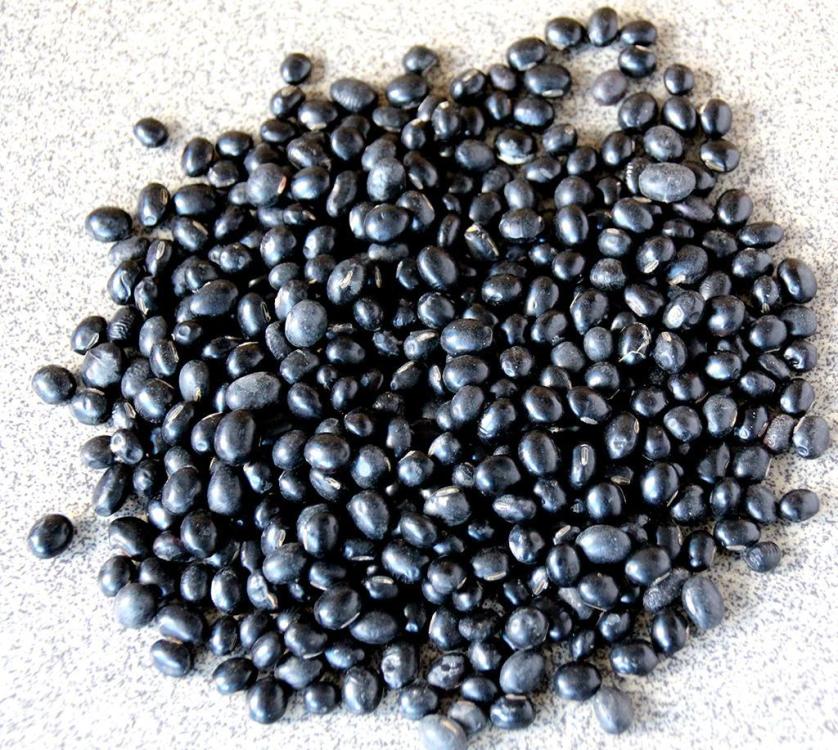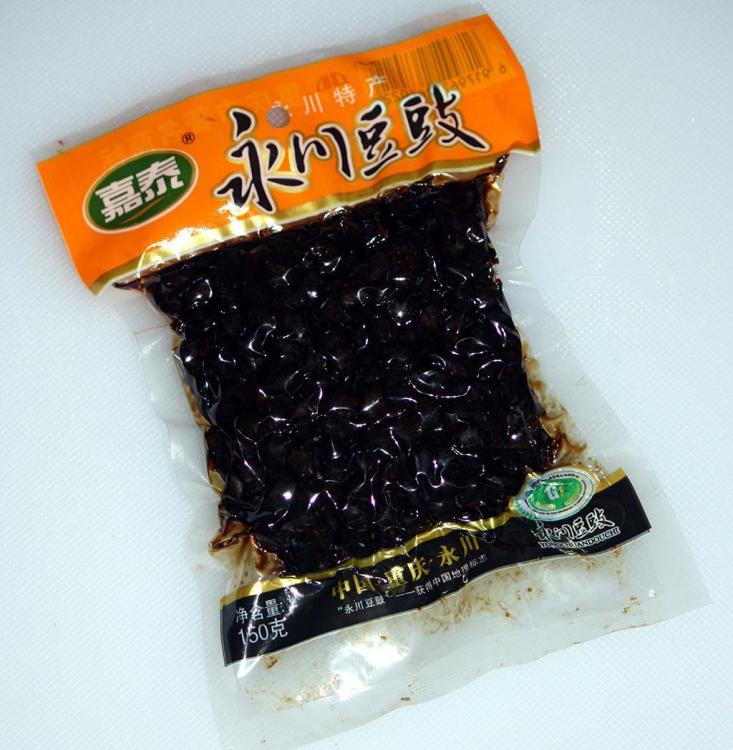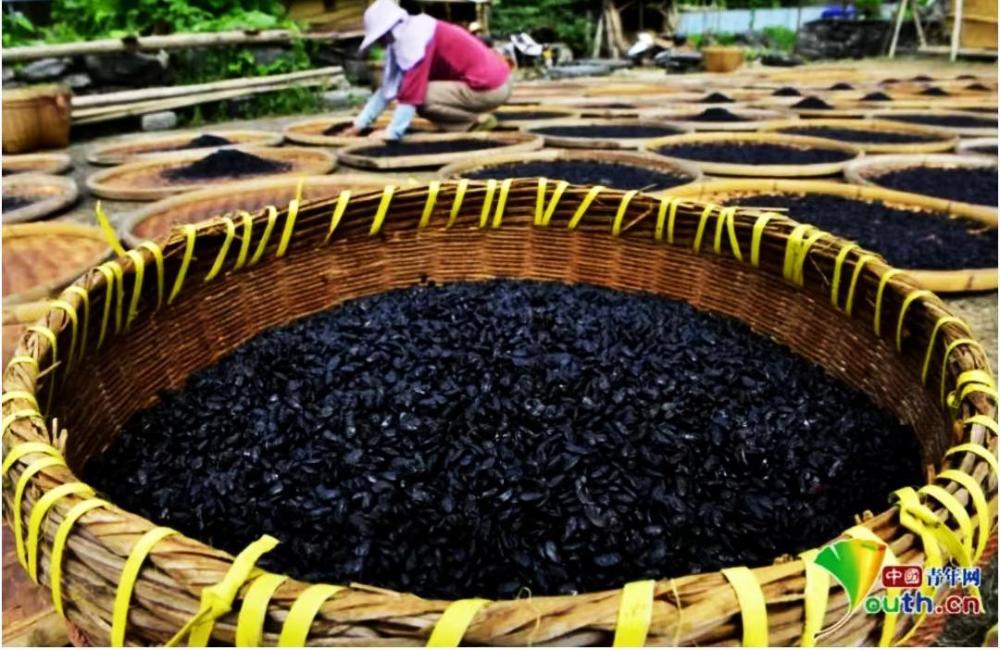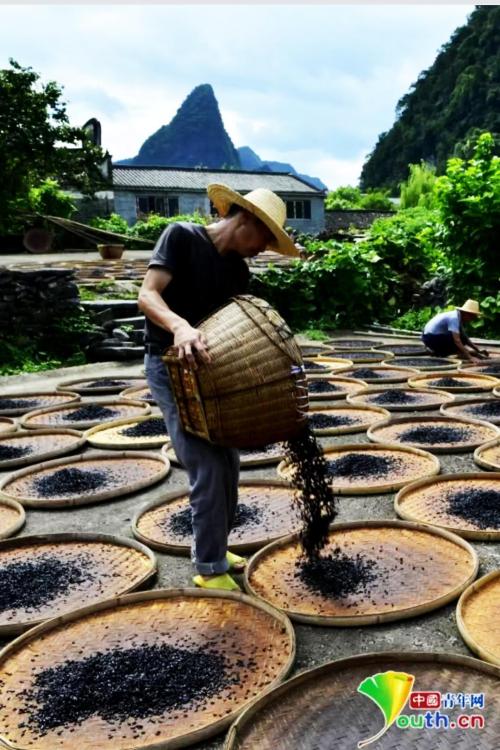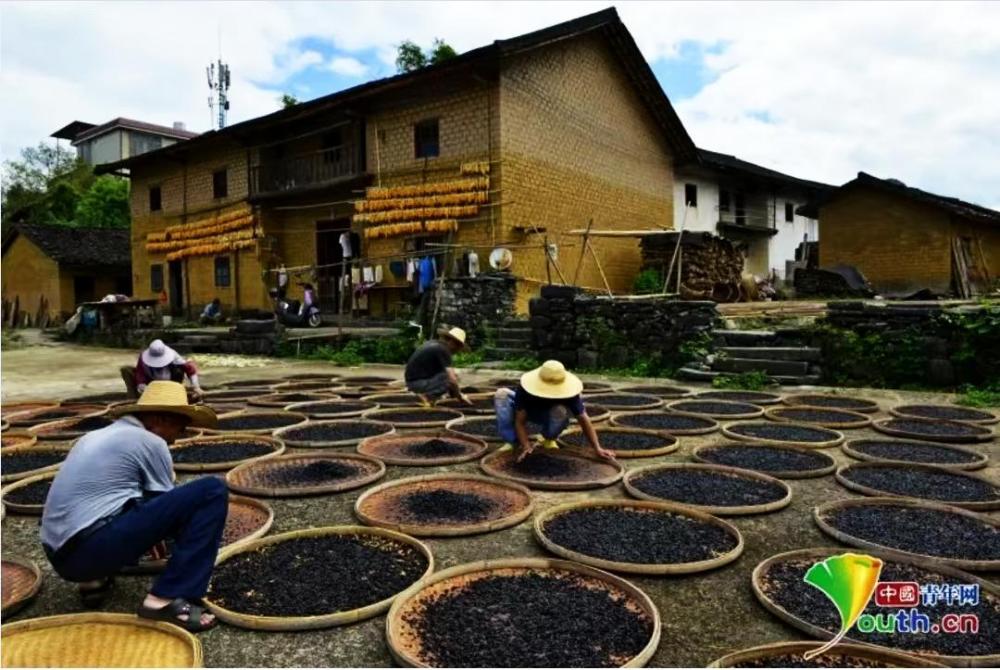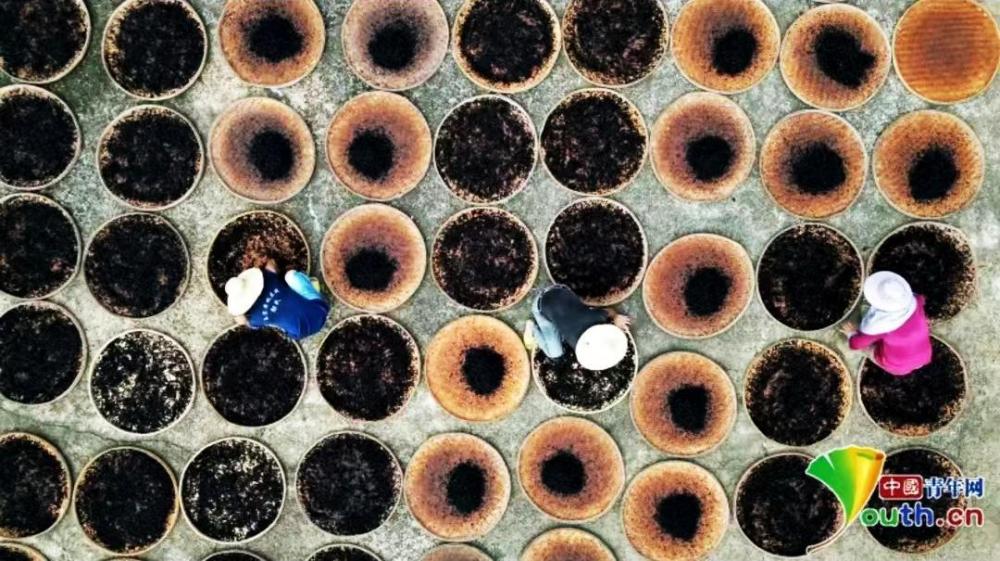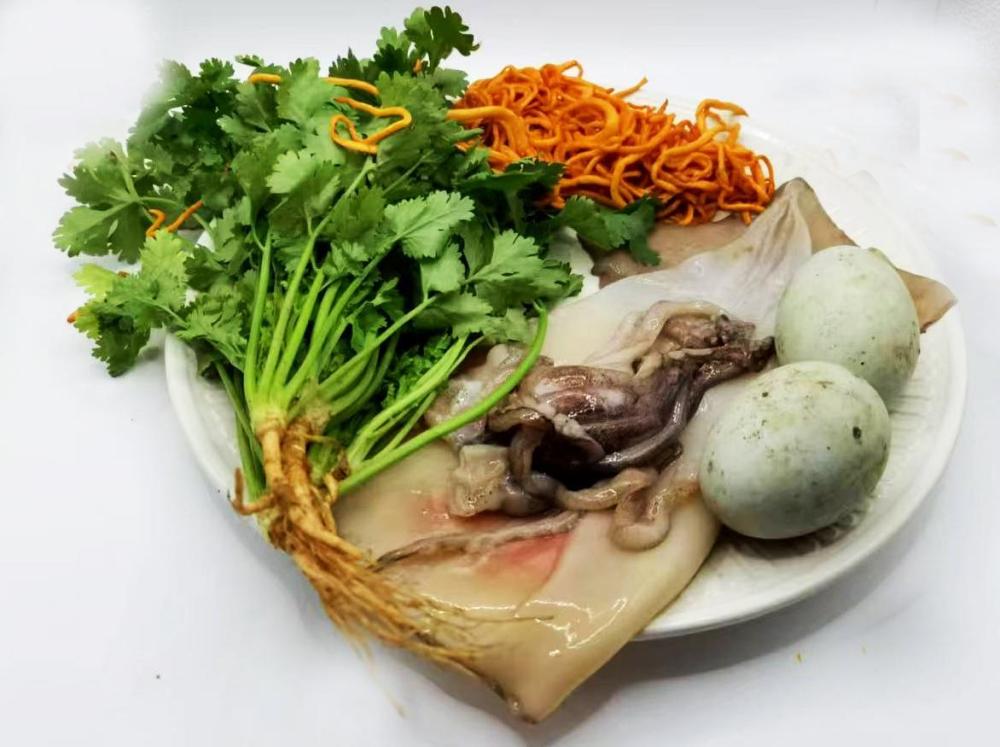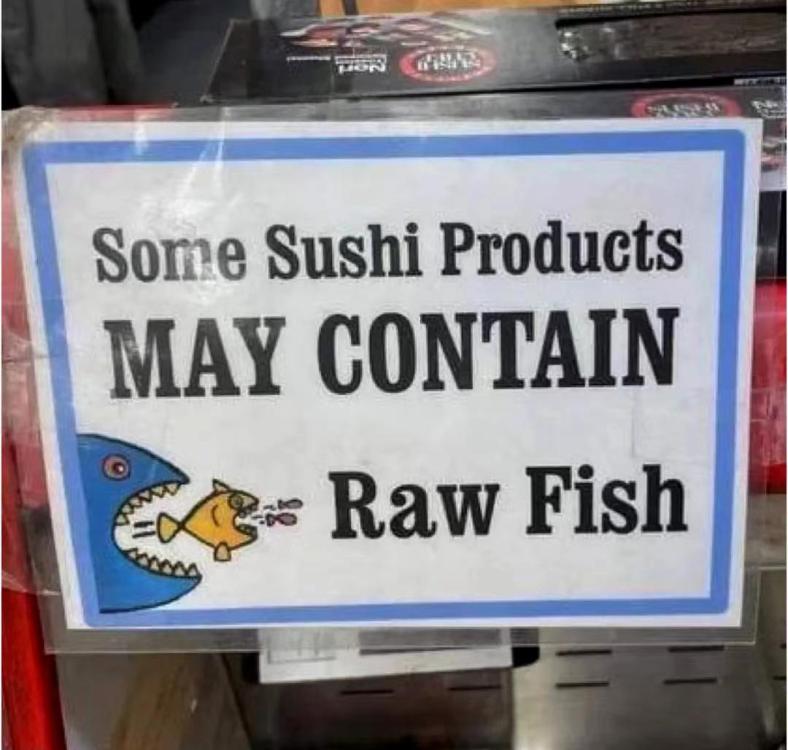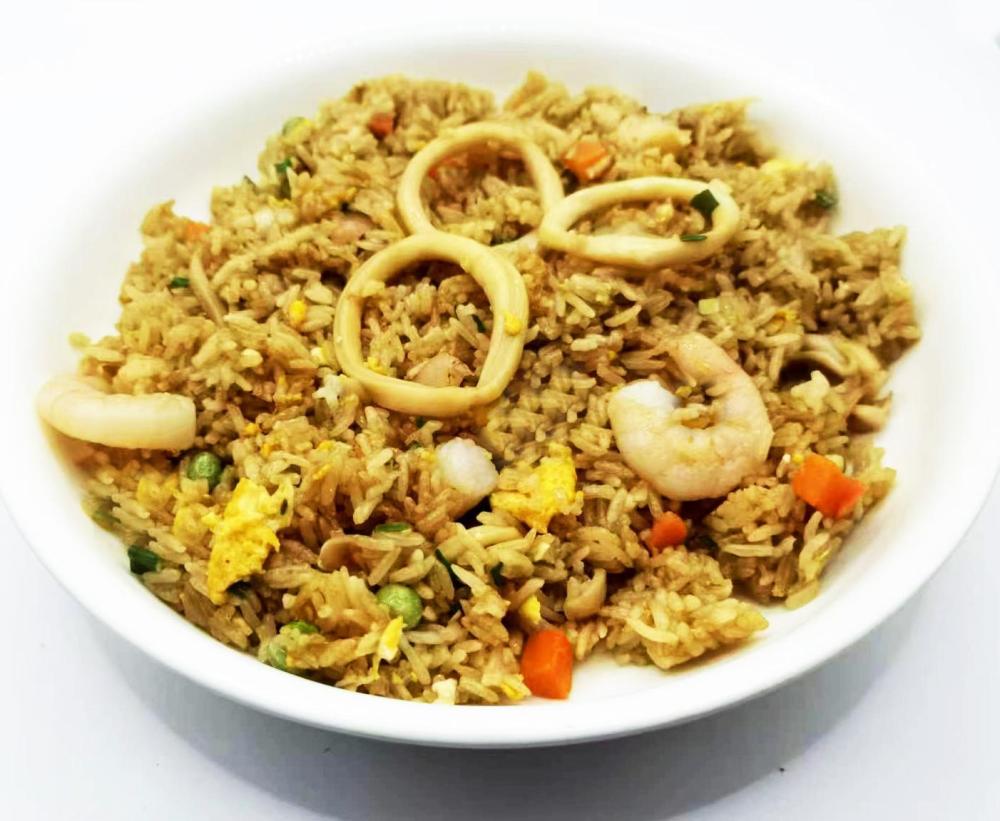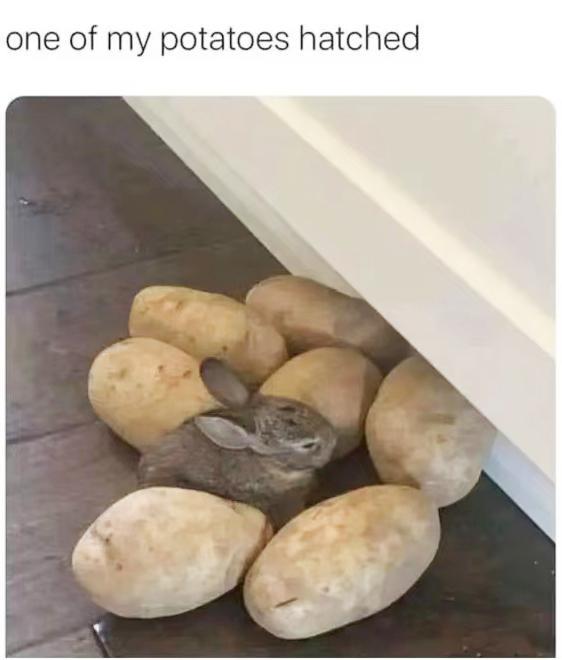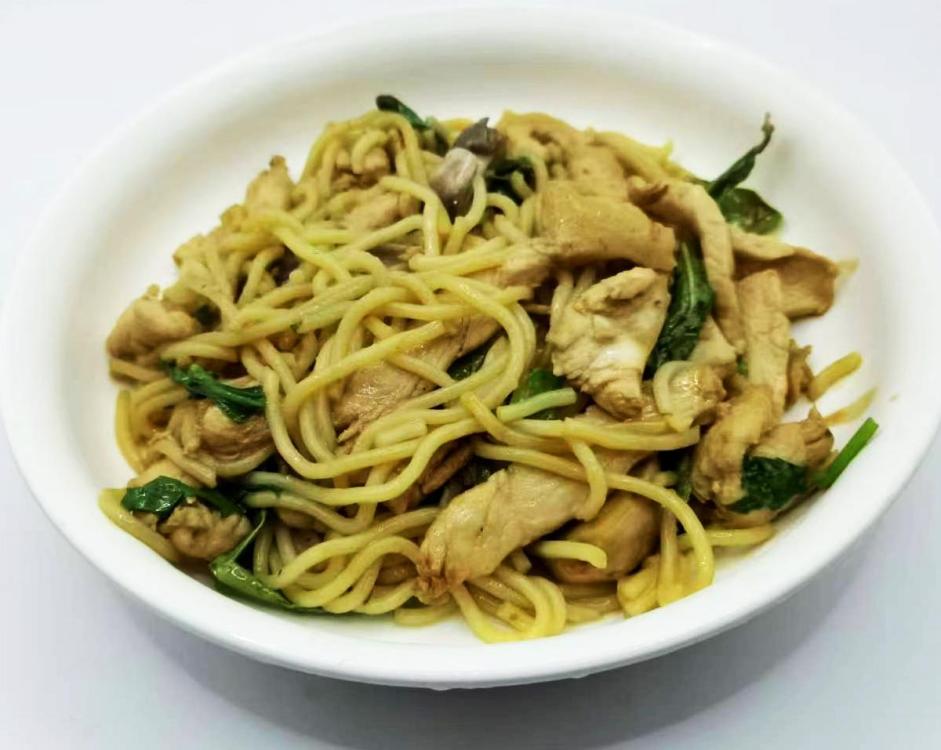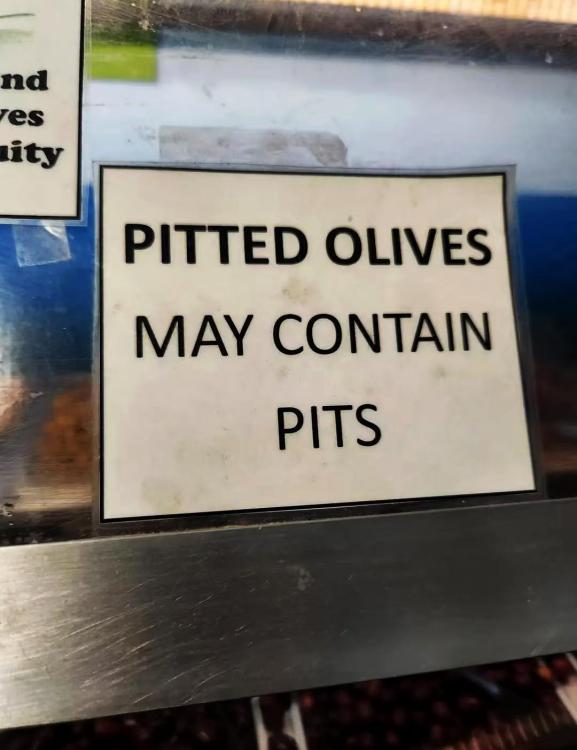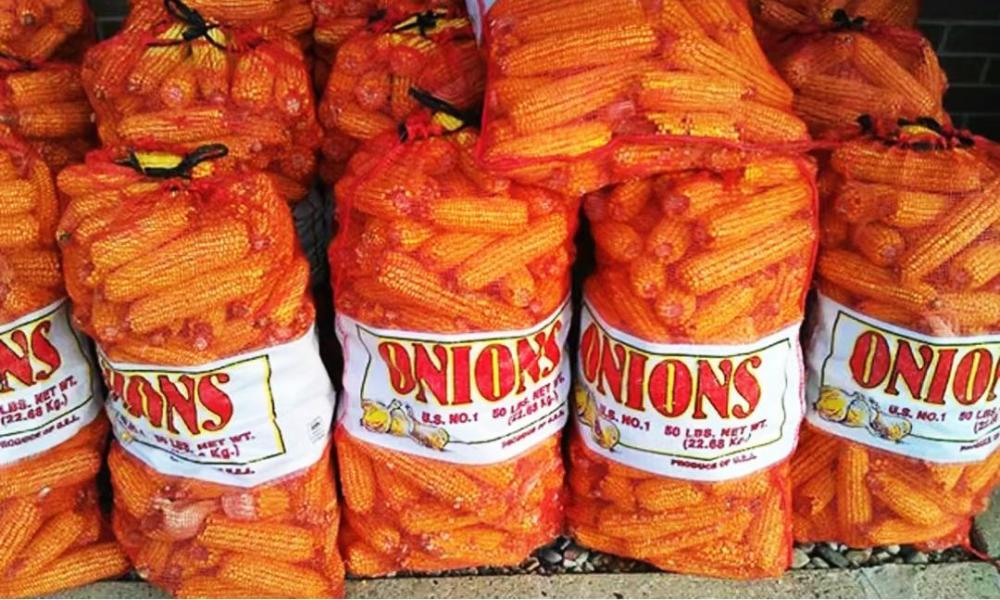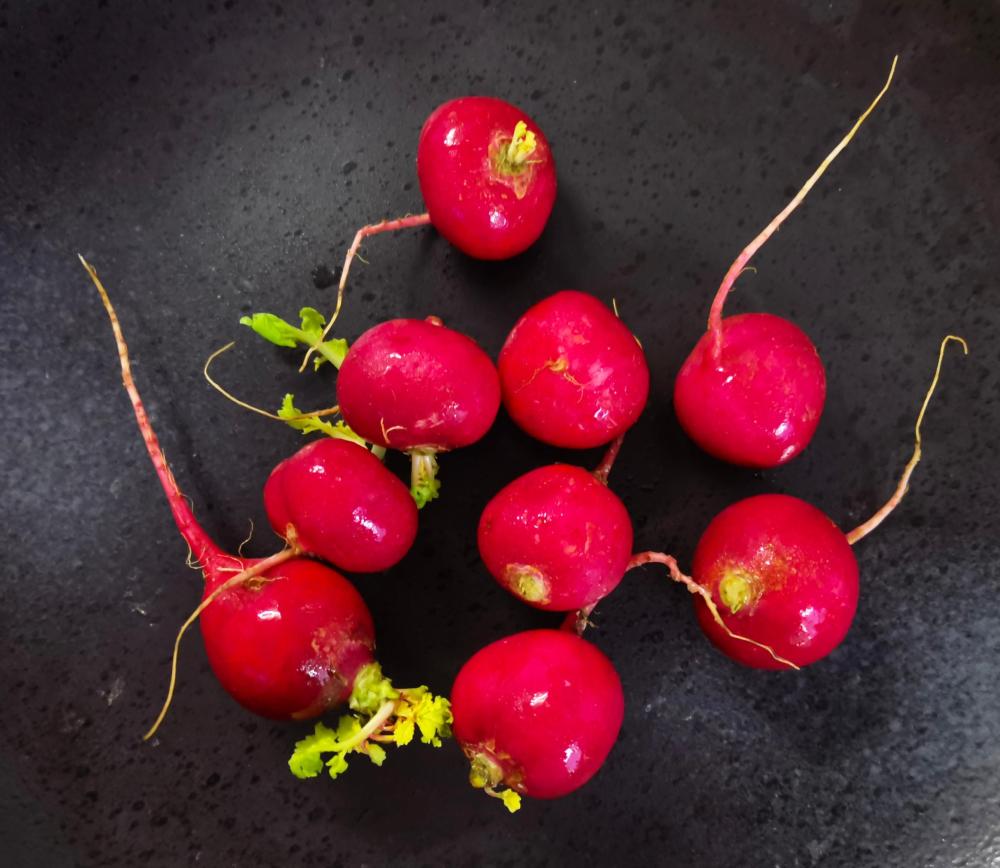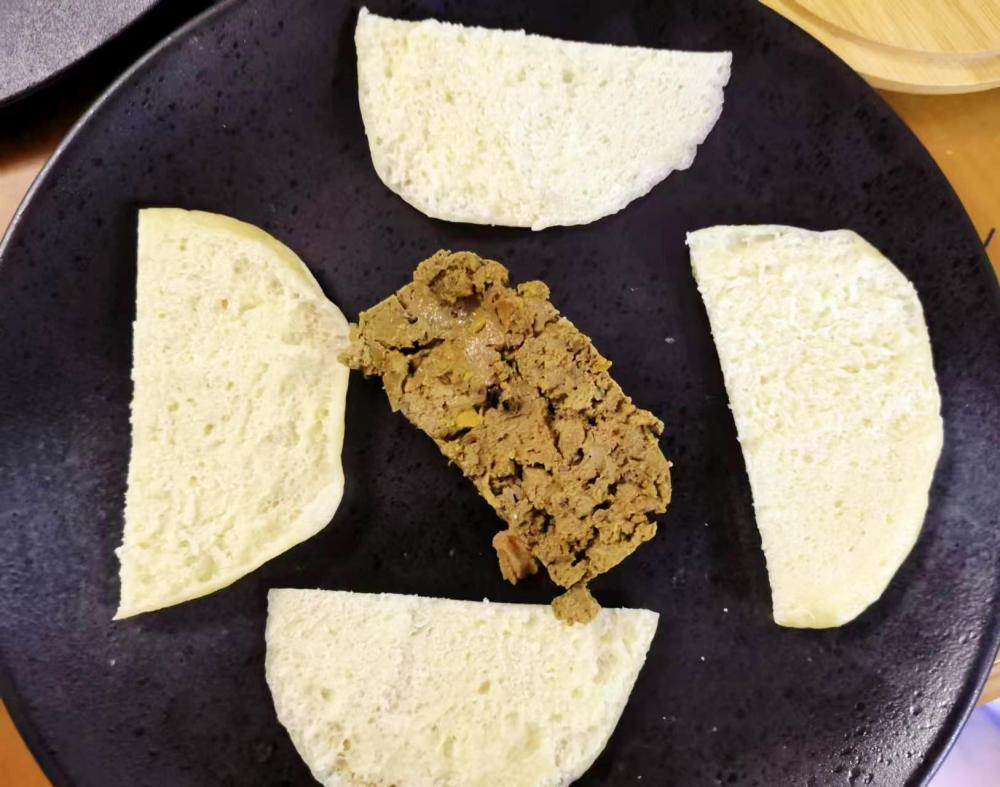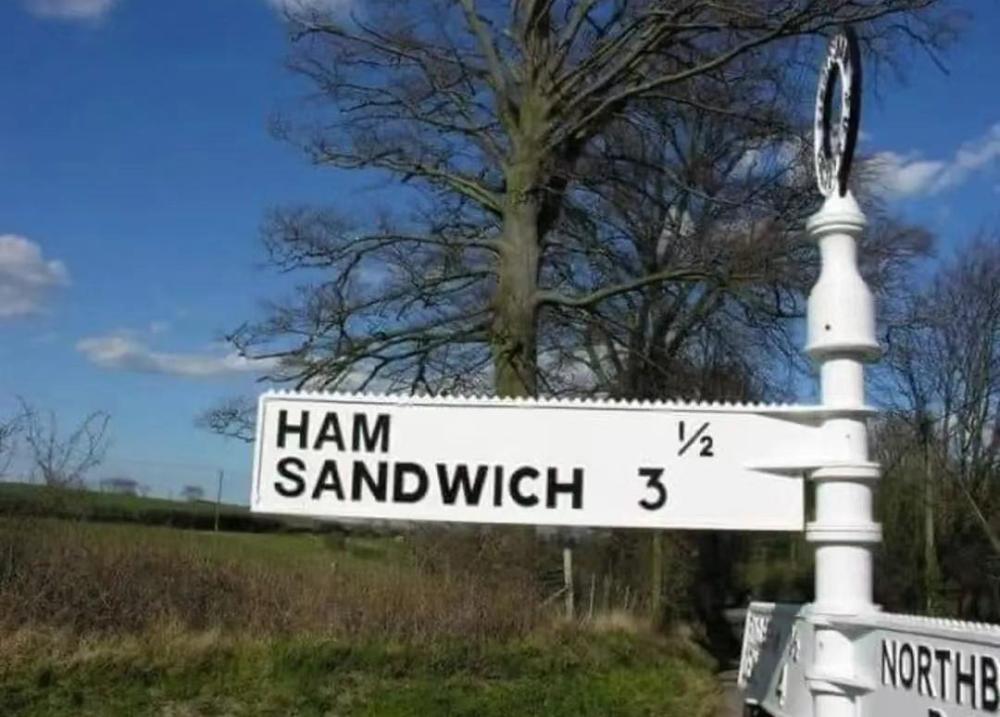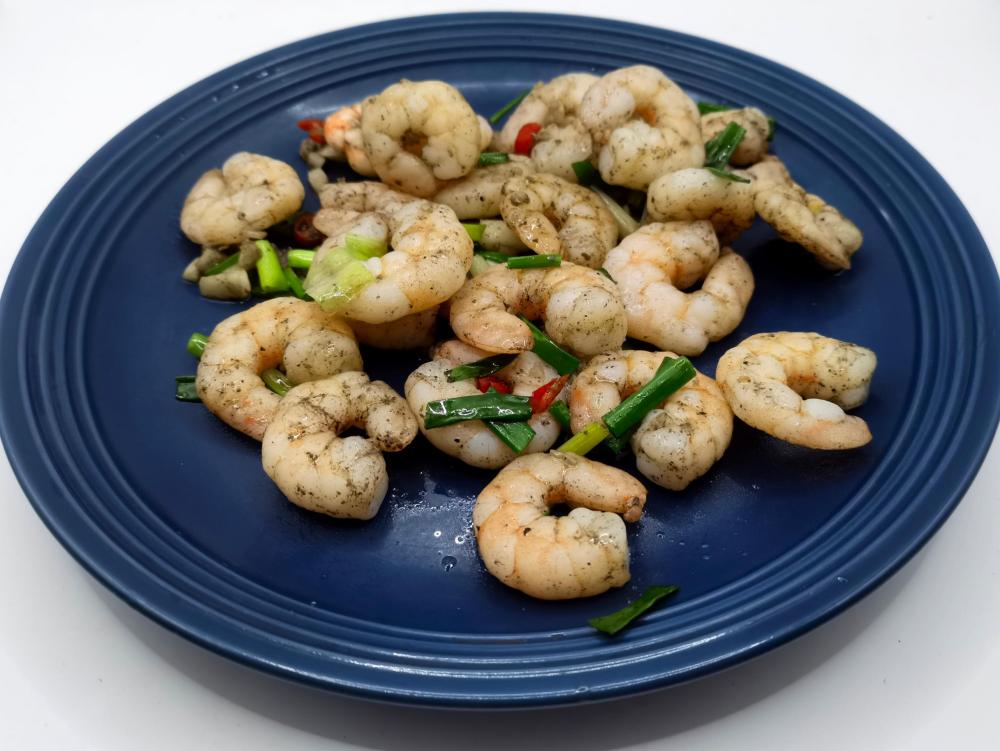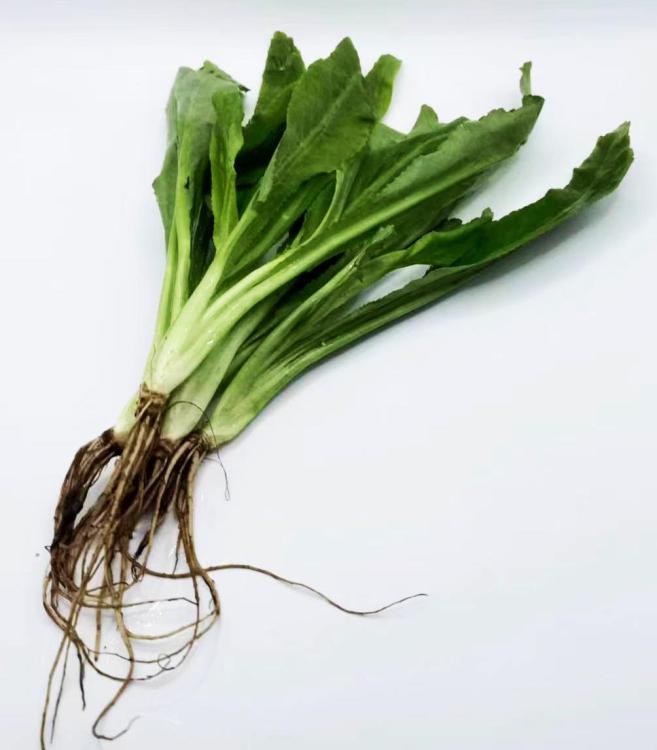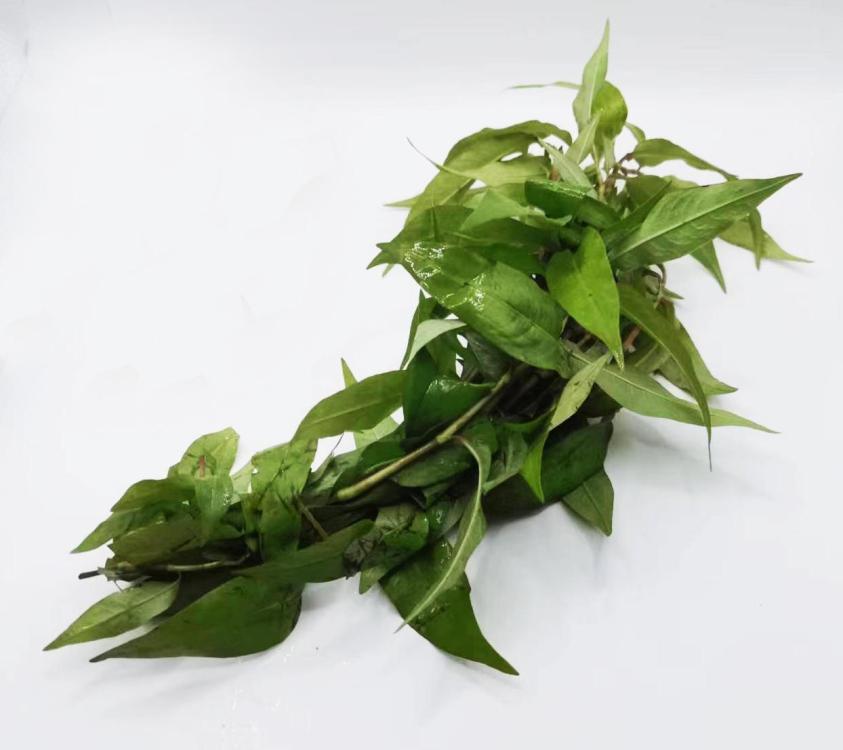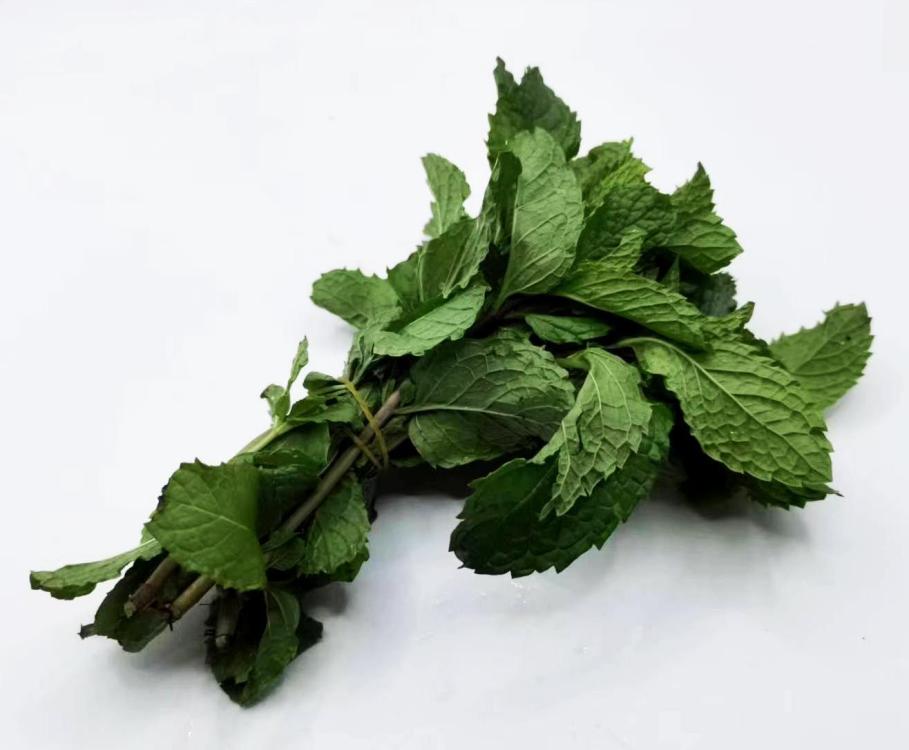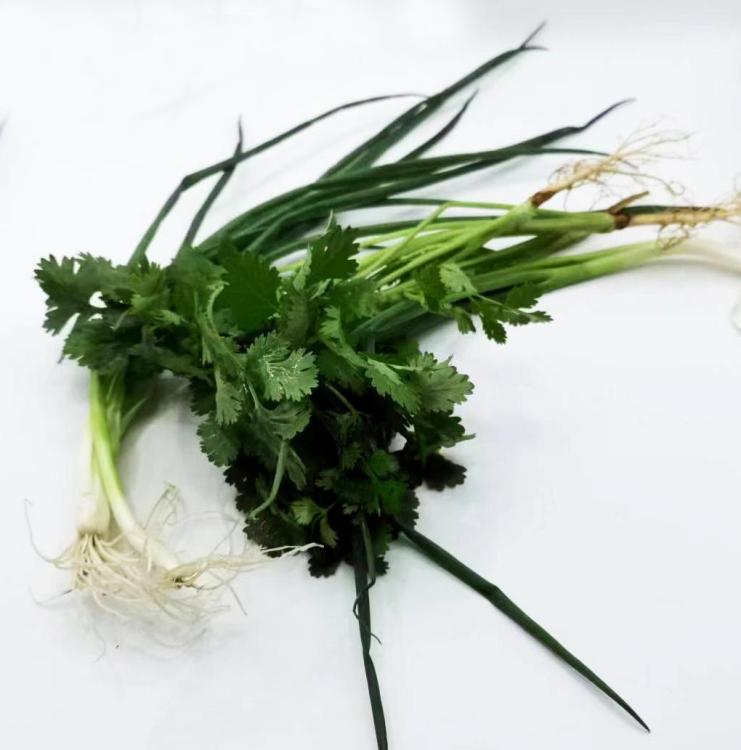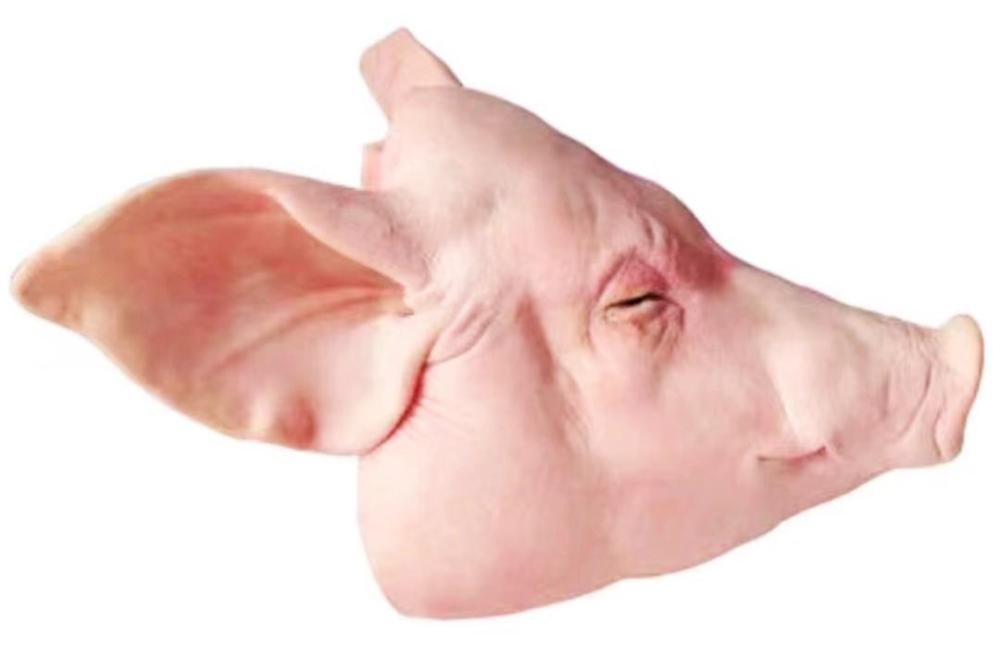-
Posts
16,681 -
Joined
-
Last visited
Content Type
Profiles
Forums
Store
Help Articles
Everything posted by liuzhou
-
Yes, but no one would ever say "eat yum cha" in either English or Chinese. They would say "go for Yum Cha" or similar. 吃飲茶 'eat drink tea' sounds as stupid in Cantonese as it does in English. They are even more likely to say go 'eat dim sum', the food served at yum cha. My objection was not to the term 'yum cha', but to its collocation with 'eat'.
-
The two eggs turned out to be absoutely rotten. It has taken me two days to get the revolting smell out of my kitchen. First time ever in my long life I have managed to buy rotten eggs. Harsh words were conveyed to the vendors. Definitely on the black list!
-
Here, for anyone who doesn't know them, are the beans pre-fermentation. It is important to note that they must be soy beans. American black beans, Spanish: frijoles negros as used in Latin American cuisine are not suitable. However, although black soy beans are used to prepare fermented beans, not always. Any soy bean can be used and will turn black as a result of the fermentation process. Traditionally, the beans are salted and left under high heat to ferment in their own enzymes. Industrially produced types are often soaked in brine or salted rice wine to speed up the process. Irrespective of how they are made, they are then dried. Those I saw this week and showed in the previous post are the traditional type. Here, I usually see the beans in bags like below, but I know they come canned in the west, too. These umami laden beans have been used in China for over 2,000 years, predating soy sauce. Archeologists have found remains of douchi in Hunan dating back to the 2nd century BCE. The preparation method was first described by Jia Sixie around 540 CE in his 齐民要术 (qí mín yào shù) "Essential Techniques for the Welfare of the People".
-
Fermented black soy beans (豆豉 -dòu chǐ) are a local specialty, with the nearby town of Huangyao being said to have the best. How they measure that, I don't know. A couple of days ago, I visited the town and saw part of the process. Thought I'd share where and how your Chinese black bean sauce starts out. These images were taken by a press photographer friend who was with me. Here the already fermented beans are being laid out out to try in the sun. I'll just add that the bottled black bean sauce is rare in China. People buy the beans and make their sauces in the wok along with the other ingredients.
-
The Guardian has an interesting (and amusing) piece on the rise of cookbooks created by AI. Titled "'One of the most disgusting meals I’ve ever eaten’: AI recipes tested", it's here. Prompts me to post this.
-
Hmmm. I don't know anything about the author of this piece, but she clearly knows nothing about China or its cuisines. She misspells a number of well-known place names and points out that Gansu is "semi-arid and the soils are not productive enough to grow rice or green leafy vegetables". The rice part is true of all of north China, not just Gansu. Rice is very much a southern staple. Wheat has been the staple in the north for centuries for the simple reason that the north is too cold for growing rice. The vegetable part is just nonsense. Many vegetables are grown in the north, especially brassicas. Yes, more regional food is becoming more available, not only in Australia but across Europe and the English speaking countries. And usually carried by students. And that change isn't new. A dear friend from here in Guangxi (not Guanxi as she spells it*) studied her master's degree in Australia, settled, then opened her Guangxi food restaurant in Melbourne 25 years ago, this year. She wasn't the only one. There are several other errors but my favourite is "they did not want to eat Cantonese yum cha". Lucky for them! Yum cha means 'drink tea'. I don't want to eat 'drink tea' either. She means dim sum. *Small difference in English perhaps, but crucial in Chinese. Guanxi means connections or 'you scratch my back, I'll scratch yours' and is often linked to corruption.
-
Standard air conditioning, although I don't like it and only use it in extremis. Mainly I use electric fans. When I mentioned too hot, I meant outside. 40℃+. Supermarkets, restaurants etc are air-conditioned.
-
I very rarely order meals now, but still in inclement weather (too wet or too hot) order ingredients to cook with. 99.99% of the time, it goes well. The food is fresher than the nearest supermarket and the range wider. Today, they royally screwed up. I ordered some squid, specifying from the preparation options they offer, uncut. I also ordered some coriander leaf, some sinsensis militaris mushrooms and four duck eggs. Simple. No. Here is what turned up Two wasp fish, Tachysurus fulvidraco (my least favourite fish), three tomatoes and a cucumber. A quick phone call and they said they would resend. Very quickly my actually order turned up. Almost. Miraculously the uncut squid has been cut and the four eggs have paired up and become two. I did inform them and say 'stuff it' in Chinese. They didn't ask for the tomatoes or cucumber back. Those I still have. So I've won. They didn't want the fish either, so it has been donated to the local feral cats who are eyeing it suspiciously. I must, in fairness, note that this is highly unusual. They are usually very efficient. The heat may have scrambled their brains, too.
-
-
Squid and shrimp fried rice. Local noodle and fried rice 5 table restaurant. I added some chilli sauce after taking the photograph. It didn't really need it, but my preference.
-
Having reluctantly come to the conclusion that, depite this ridiculous heat (40℃ +), I can't really survive on beer and ice cream, I made some fried noodles with chicken, straw mushrooms* and Asian herbs. The usual aromatics were in there too, along with Shaoxing and soy sauce. Exhausting to cook; exhausting to eat! * The Chinese is 草菇 (cǎo gū) which means 'grass mushrooms'.
-
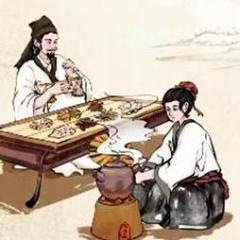
Ohio Supreme Court Ruling on Definition of “Boneless”
liuzhou replied to a topic in Food Traditions & Culture
-

A week in Lombok and Jakarta, Indonesia
liuzhou replied to a topic in Elsewhere in Asia/Pacific: Dining
And neither do I. But it looks like Big Head Carp (Hypophthalmichthys nobilis), used here in fish head and tofu soup, which I like a lot. I can imagine it working in an Asian curry. I could be totally wrong of course! -
I told you! I warned you! I made it clear that it was out to take over the world. And you scoffed and dismissed me! You continued to inflict misery upon me and, no doubt, unwittingly on yourselves, by maintaining the pernicious habit of infiltrating its image into these very forums in your preparations under the delusion that they are edible. But after years of determined ferreting and stealth, I have unearthed irrefutable evidence of the ghastly evil intent of the pestilential weed from hell and its determination to take over by any means necessary. It is attempting, unconvincingly I may add, to transmogrify into the stolen identity of a blameless and beloved vegetable, the onion. But don’t be misled! Be vigilant and stop the scourge! The future of humanity depends on it. Your honour, ladies and gentlemen of the jury – Exhibit A.
-
This is not one of those 'guess what it is' posts. That's clear. The mystery is where did they come from? I went to retrieve some duck liver pâté from the fridge for breakfast and found these sitting next to it. I have no recollection of buying them, whatsoever, nor I'm sure were they there when I put the pâté in the fridge last night! I live alone and have had no recent visitors who could have insinuated them into the fridge. What a mystery!
-
5 am. 33℃. I've taken to eating in the dark to avoid the heat. Still too hot to cook though. Breakfast: Home made duck liver pâté with Chinese flatbread. I made the pâté at 9pm last night.
-
This is real. I've been to both places. Sandwich is a town in SE England and Ham a village to its south. But an amusing and much photographed sign.
-
You are absolutely correct. Brain fart. Told you it's too hot. I have edited. Thanks for letting me know.
-
It’s too damned hot to eat, never mind cook. Over 40℃, so tonight, I waited until dark then just quickly fried some shrimp with garlic, chilli, garlic chives, salt and pepper, then finished with a splash of Chaoshan fish sauce. Served with a simple salad of ‘Vietnamese’ herbs. The salad contains Vietnamese Coriander - VN: Rau răm Culantro Rau mù Mint bạc hà Coriander leaf / Cilantro Ngò and Garlic Chives Hẹ Struggled to finish that! No carbs were possible.
-
One of the reasons I love living in this strange land is that ordering a whole pig's head for delivery within 30 minutes is perfectly normal. That's said I've never done so. But I love knowing I could. For ¥198 ($23.77 USD) this could be moving in with me shortly. Although I've eaten every part of those heads with delight, I buy the parts individually as I simply don't have the space to invite them all to stay en masse. My heads move in in instalments.






